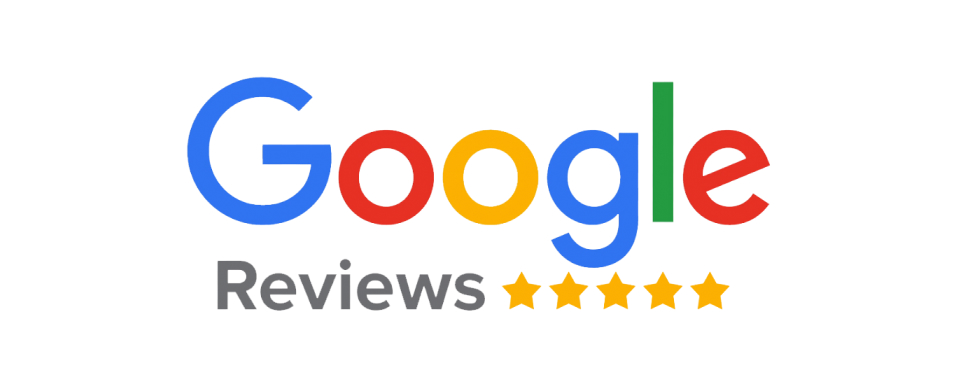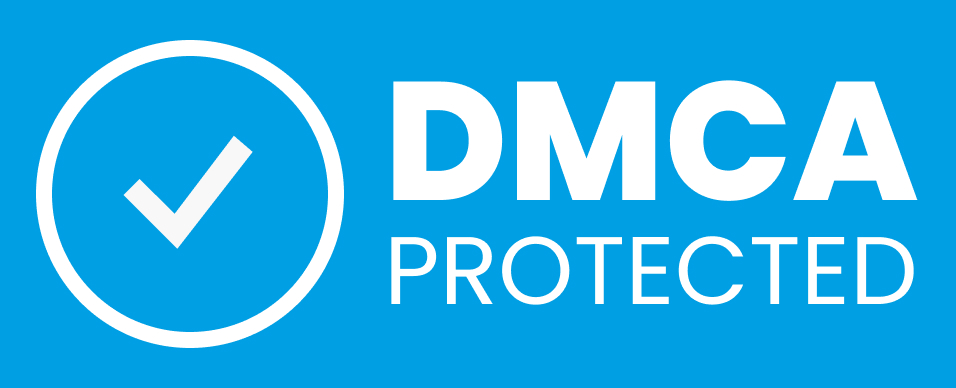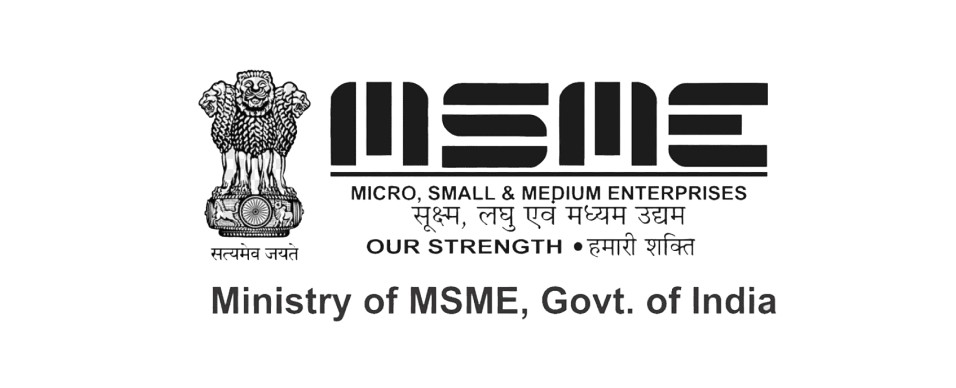Are you a web developer looking for ways to secure your PHP website? If so, you’ve come to the right place! In this blog post, we will discuss some of the best practices for PHP web development, as well as some tips and tricks to help you better secure your website. From creating strong passwords to utilizing encryption techniques, there are plenty of steps you can take to ensure your website remains secure. Read on to learn more!
Don’t Use Unsafe Functions
Unsafe functions are functions which can open up your website to potential attacks and vulnerabilities. Examples of unsafe functions include the PHP exec() function, which allows arbitrary commands to be executed on the server, and the PHP eval() function, which allows code to be executed on the server. Additionally, functions such as fopen(), fread(), fwrite() and system() are also considered unsafe.
It is best practice to avoid using any of these functions whenever possible as they can open up your website to potential malicious actors. If you must use these functions for some reason, then it is important to ensure that proper security measures are taken. This includes validating all input that is passed through the function, using prepared statements and escaping output.
Sanitize All Input
One of the most important steps to secure your PHP website is to ensure all input is sanitized before use. Sanitizing input means stripping out any characters or content that could be used to launch a malicious attack on your site. This includes HTML tags, script tags, and any other potentially harmful code.
To do this, you should first determine what type of input your web application requires. Once you have determined this, you can then create a list of accepted characters, such as alphanumeric characters, which will be allowed in the input field. All other characters should be removed using the built-in PHP functions for filtering strings. You can also add extra measures such as regular expressions for even further protection.
It is also a good idea to check the length of the input to make sure it does not exceed an expected limit. This prevents someone from entering an abnormally long string of characters, which could lead to an attack.
Finally, once you have filtered and validated the data, you should store it in a secure database or file system, where it can only be accessed by authorized users.
By taking the necessary steps to sanitize all input before use, you can help ensure your website remains safe and secure from malicious attacks.
Use Prepared Statements
Prepared statements are an essential part of secure PHP development. A prepared statement is a pre-compiled SQL query that is sent to the database server separately from any parameters. This ensures that all user input is handled safely and correctly, and prevents malicious code from being injected into the database.
Prepared statements also improve performance as the SQL query does not need to be compiled and optimized every time it is executed. Additionally, prepared statements can help reduce the amount of redundant code in your application.
To use prepared statements in your code, use the prepare() method of the database connection object:
$dbconn = new mysqli();
$stmt = $dbconn->prepare(“SELECT * FROM users WHERE user_id = ?”);
Then bind the parameters to the query using the bind_param() method:
$user_id = $_GET[‘user_id’];
Finally, execute the prepared statement:
Using prepared statements will help ensure that your web application is safe from SQL injection attacks. If you are using a framework such as Laravel or Symfony, then it will likely provide methods for using prepared statements as well.
Escape Output
One of the most important aspects of PHP web development security is escaping output. Escaping output means that any data sent to the browser should be converted into a format that is safe for display. This means that any potentially dangerous characters such as HTML tags and JavaScript code should be converted into harmless character entities or encoded before being sent to the user.
This can be done by using the appropriate functions provided by PHP. The two main functions used to escape output are htmlspecialchars() and htmlentities(). The htmlspecialchars() function converts special characters such as < and > into their HTML entity equivalents < and > respectively. The htmlentities() function also converts these characters but also encodes other characters such as quotes (“,’) and ampersands (&).
It’s important to remember that these functions must be used on all user input and on all output sent to the browser. Failing to do so could lead to a malicious script injection attack, which could compromise the security of your website.
Use a Framework
When it comes to web development, using a framework can be a great way to ensure that your code is secure and that your website is up-to-date with the latest security protocols. Frameworks are a set of tools, libraries, and components that can help you quickly and easily create robust websites without having to reinvent the wheel.
Frameworks are designed to help protect against common web vulnerabilities such as SQL injection, cross-site scripting (XSS) attacks, and insecure data storage. They often come with built-in security features such as input validation, session management, encryption, and authentication. By using a framework, you can help ensure that your code is more secure and less prone to exploits.
In addition to helping you keep your code secure, frameworks can also help you quickly and easily develop complex applications with minimal effort. Instead of writing all the code yourself, you can use the frameworks’ libraries and modules to create applications quickly and with fewer lines of code. This reduces development time and helps you focus on more important tasks, such as security.
Overall, frameworks are an excellent choice for any PHP web development project. Not only do they help you keep your code secure, but they also help reduce development time. So if you’re looking to quickly and securely develop a website or application, make sure to use a framework.
Keep Your Software Up-To-Date
One of the most important best practices to ensure the security of your PHP website is to keep your software up-to-date. Outdated software can be an open door for hackers and malicious attackers, as they will be able to take advantage of any known vulnerabilities in the system.
To help protect your website from any potential threats, it’s important to always keep the software and plugins used on your website up-to-date. This includes updating your operating system, web server software, PHP version, database server software, and any third-party applications or plugins you may have installed.
It’s also a good idea to set up automatic updates for your software and plugins whenever possible. This way, you can be sure that your website is always running the latest version of its components. Additionally, make sure you check for any security patches or bug fixes that may have been released since the last update.
Lastly, consider setting up a monitoring system so that you are alerted when there are new updates available for your website. This can help you stay on top of any potential security threats.
By following these simple tips, you can help keep your PHP website secure and free from malicious attackers.
Use a Web Application Firewall
A Web Application Firewall (WAF) is a powerful tool that can help protect your PHP website from malicious attacks. A WAF can filter incoming HTTP requests and block malicious requests, including SQL injection attempts, cross-site scripting (XSS), remote file inclusion (RFI), and more. It also provides an extra layer of security by detecting and blocking known attacks, as well as unknown threats.
The main benefit of using a WAF is that it can identify and stop malicious traffic before it reaches your application. This reduces the chances of your website being compromised by malicious actors. Additionally, the WAF can alert you to suspicious activity, enabling you to respond quickly to potential threats.
When setting up a WAF for your PHP website, make sure you configure the rules correctly. You should also be aware of any false positives or false negatives that may be triggered by the WAF, so that you can adjust the rules accordingly. Finally, consider whether a cloud-based WAF would be beneficial, as this type of solution may provide additional protection from distributed denial of service (DDoS) attacks.






